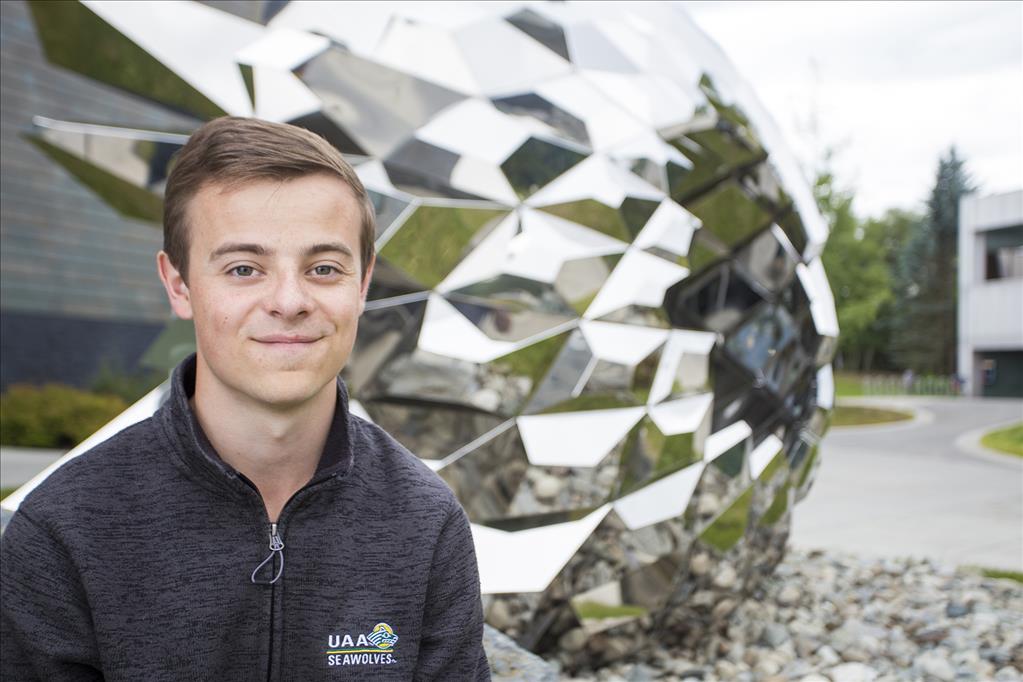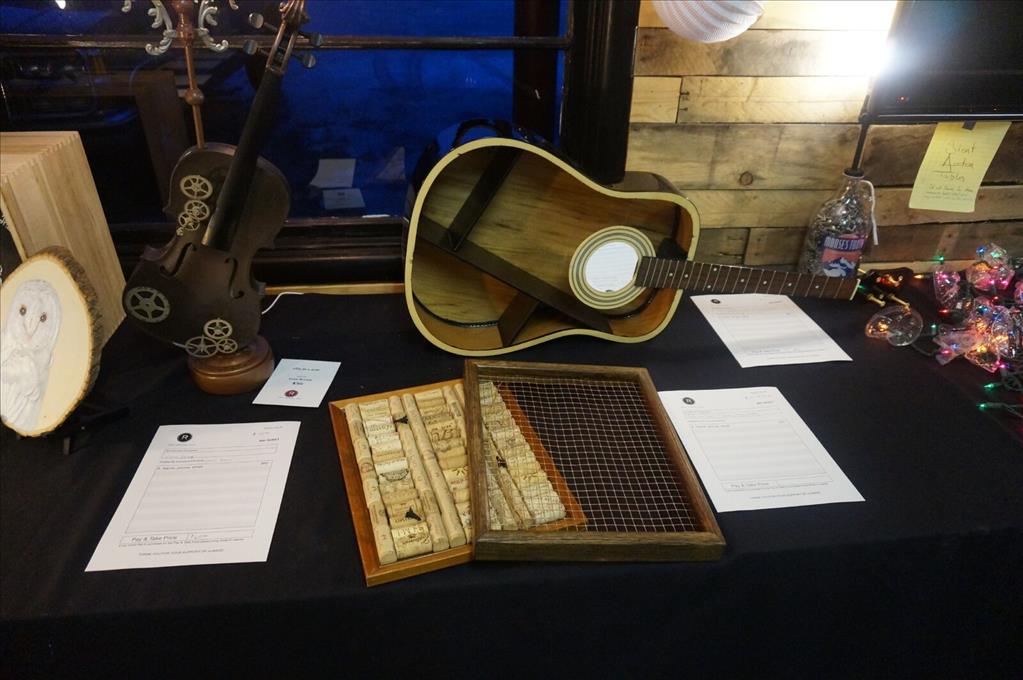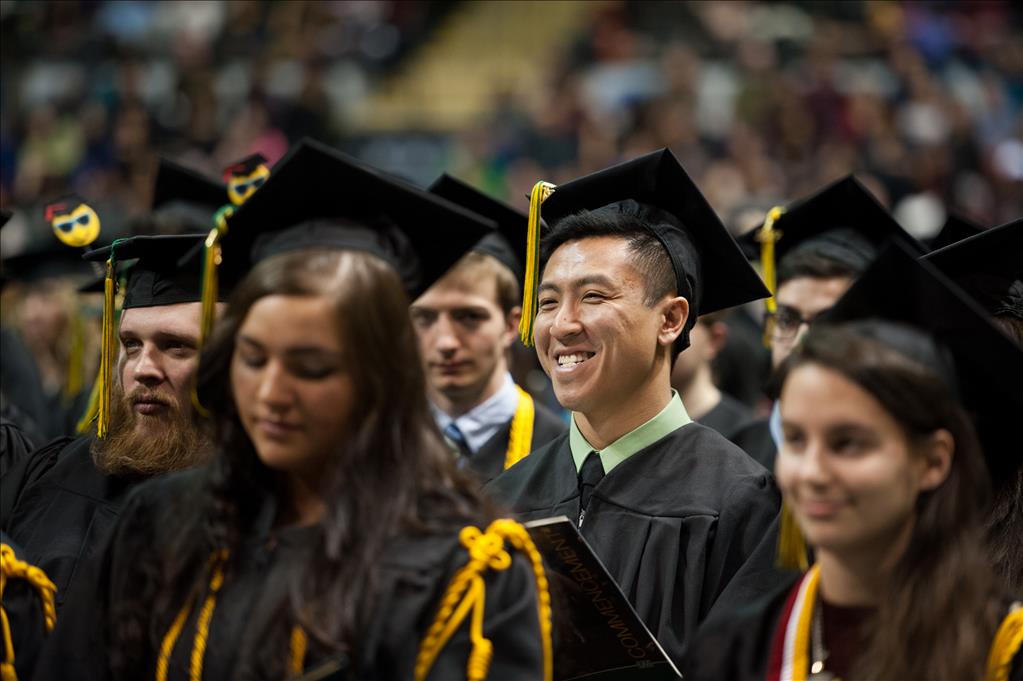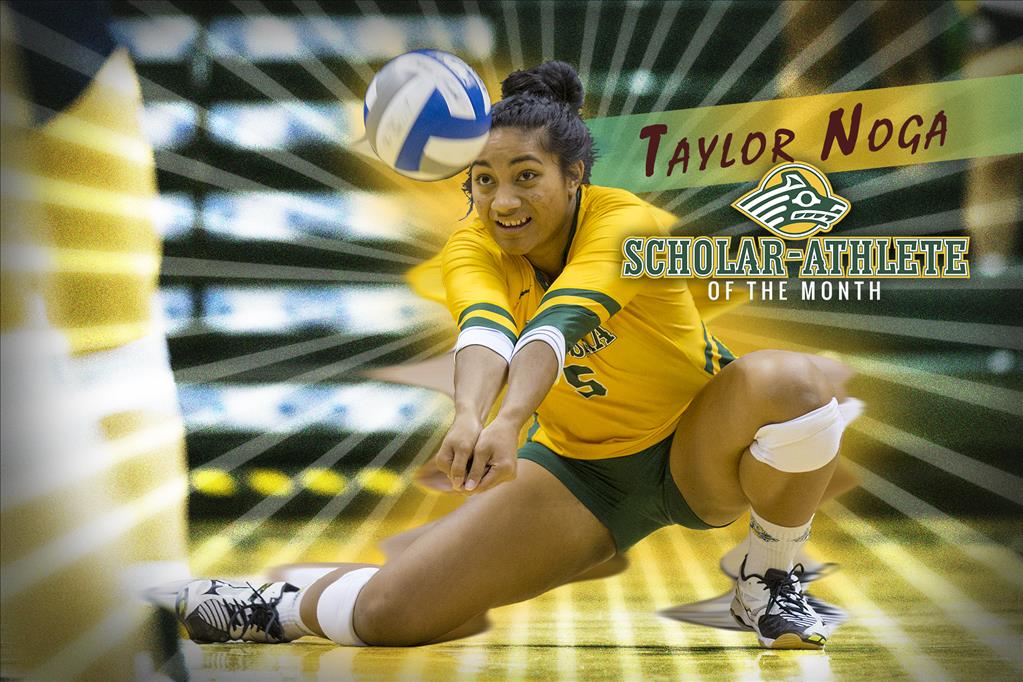Interns at the Equidome
by J. Besl |

Horses don't fit in a clinic. Therapists rarely work in a barn. But there is a place where this Venn diagram intersects.
Welcome to the Equidome. The building, opened this spring, is the indoor home for Equine Assisted Therapy Alaska (EATA).
Located in the Chugach foothills of Ruth Arcand Park, the Equidome allows therapists and EATA volunteers — including volunteer coordinator and UAA student Grace Harris — to work with clients whatever the weather (especially important during this exceptionally wet summer).
Harris is completing her degree-required physical education internship this summer with EATA, an Anchorage non-profit that helps clients with a wide range of disabilities find solace and power in the presence of a horse.

The calm rhythm of a horseback walk in the woods may draw a non-verbal kid out of his or her shell, or help a partially paralyzed teen utilize dormant muscles. For those with autism, horseback activities emphasize teamwork. Those with muscular dystrophy practice posture. Everyone from two-year-olds with spina bifida to disabled veterans looking for adaptive sports can find help on a horse.
At EATA, volunteers make sure clients stay seated safely. Activities involve stretching and catching, twisting and bending, as therapists instruct patients to complete activities from horseback. Simply sitting sidesaddle while a horse steps over planks forces riders to use core muscles most people otherwise engage just by walking.
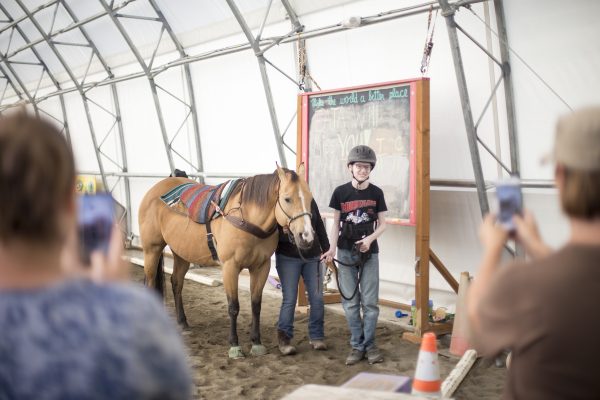
"The kids can practice turning and reaching. If they have weakness on one side we practice using that side more," explained Harris.
"It's amazing how it's a whole body experience for my riders," said Janie Call, an EATA instructor certified by PATH, or Professional Association of Therapeutic Horsemanship. "It's just a really fun thing to empower these kids with stuff they can't normally do."
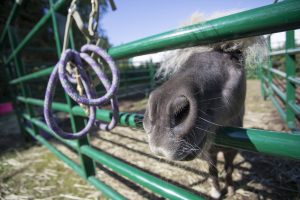
Call works as an educator in Oregon for most of the year, but she spends summers in her home state of Alaska. She's been a PATH instructor at EATA for the past nine years, driving up the Alaska Highway with as many as eight horses in tow.
Caring for horses requires work, and running a therapy program calls for coordinators. To maintain the program, Call relies on a brigade of volunteers to feed the horses, walk alongside clients for safety and, yes, shovel manure.
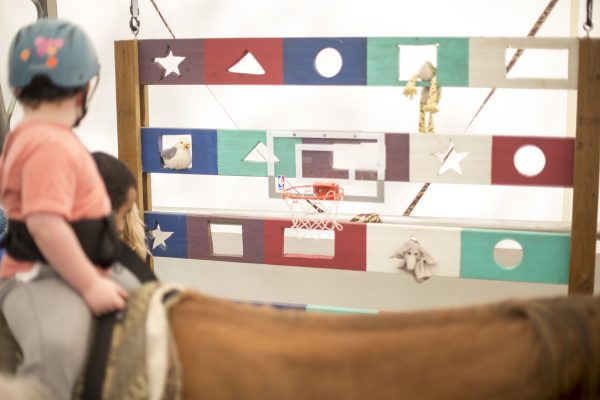
"A lot of our volunteers have no horse experience," Harris, EATA's volunteer recruiter, explained. She includes herself in that category; she hadn't been around horses until her internship started this summer.
Harris graduates this winter with a degree in physical education and minor in sports medicine. The internship is a degree requirement, though the location is fairly open-ended (fellow seniors are pursuing career experience this summer at a prosthetics manufacturer, a pulmonary rehab center and a Costa Rican wellness retreat).
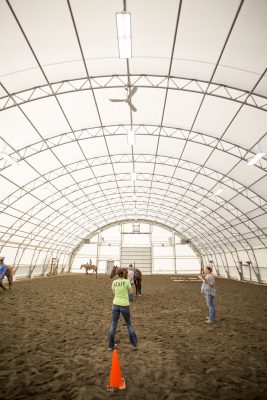
"I had no experience with horses, so I thought this would be a great way to really stretch my comfort zone and learn about something that I had no idea about," she said.
Aside from finding new volunteers, Harris also works alongside physical, speech and occupational therapists who bring their clients to the facility. The internship experience has built on her coursework, particularly in biomechanics. Classroom terms - flexion, extension - make frequent appearances as therapists make simple changes in leg position to activate new muscle groups.
"Seeing that in person, not just in a book or trying to visualize it in your head, is awesome," she said.
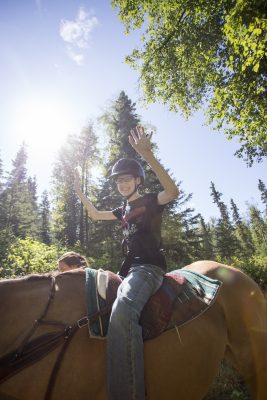
Likewise, her coursework in recreation management primed her for the challenge of volunteer recruitment. In her efforts to publicize opportunities at EATA, Harris has connected with agencies and non-profits across town for potential partnerships. That experience will help as she starts an anticipated career in fitness leadership and recreation management next year.
Though the season is winding down for the summer, EATA is always on the lookout for volunteers to assist, whether you can identify saddle types or not.
"This is a really cool program because it allows anybody who's willing to help to come in and learn and to see a world that isn't really [available] for everyone," Harris said of working with EATA. "I'm really enjoying working with such a wide range of physical and mental abilities. It's finding what are your abilities so we can work on those."
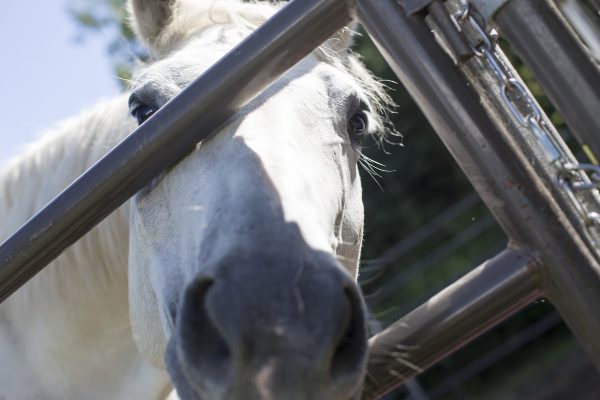
Volunteering also provides an opportunity to make a difference in the development and health of neighbors in Anchorage.
"Until you're around it, you don't understand how beneficial it is for these kids," Call said. On sunny days, each session ends with a short trail ride in the surrounding park, up hills, around corners, rocking left and right. "It really makes those kids work."
Then, Call added, there's one more obvious benefit:
"Who wouldn't want to ride a horse on a beautiful day out in the woods?"
Interested in volunteering next summer? Learn more at EATA's website.
Written by J. Besl, UAA Office of University Advancement
 "Interns at the Equidome" is licensed under a Creative Commons Attribution-NonCommercial 4.0 International License.
"Interns at the Equidome" is licensed under a Creative Commons Attribution-NonCommercial 4.0 International License.










